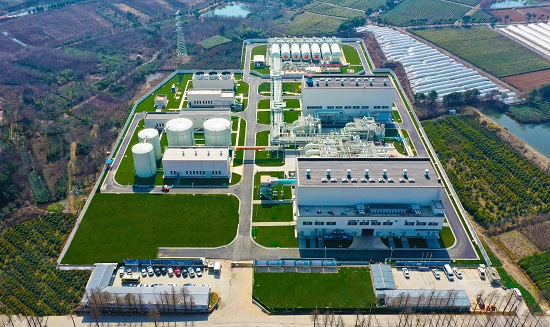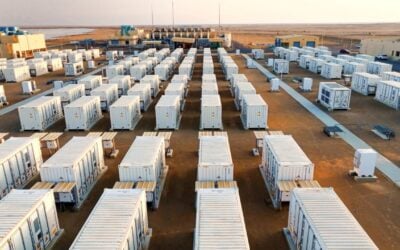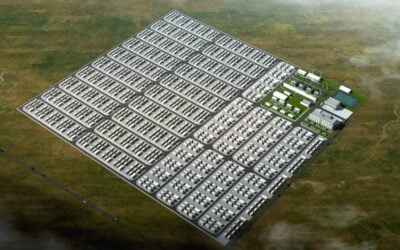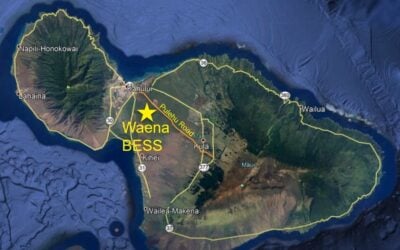
Construction has started on a 350MW/1.4GWh compressed air energy storage (CAES) unit in Shangdong, China.
The Tai’an demonstration project broke ground on 29 September and is expected to be the world’s largest salt cavern CAES project, according to a media statement from The State-owned Assets Supervision and Administration Commission of the State Council. Media reports say the project should become operational in 2024.
Enjoy 12 months of exclusive analysis
- Regular insight and analysis of the industry’s biggest developments
- In-depth interviews with the industry’s leading figures
- Annual digital subscription to the PV Tech Power journal
- Discounts on Solar Media’s portfolio of events, in-person and virtual
While being described as a “2x300MW” project the initial investment and construction is on a 350MW/1.4GWh system with 325 degree Celsius low-melting point molten salt high-temperature thermal insulation CAES technology. It takes eight hours to charge and can discharge for four hours.
CAES works by pressurising and funnelling air into a sealed unit, in this case a salt cavern, to charge the system. When energy is needed, the air, which cools during the charging process, is released through a heating system to expand the air which then turns a turbine generator.
The project’s developers are China Energy Engineering Group Co., Ltd. and Taian Taishan New Energy Development Co., Ltd., who together are investing 2.23 billion yuan (US$311 million) in the first of two phases of construction.
The Commission said the project will help boost new energy storage technologies, encourage the use of renewable energy and make use of the disused salt cavern.
China has taken a bullish approach to the technology. As reported by Energy-Storage.news last month, a 300MWh CAES unit was connected to the grid in Jiangsu. There are nine projects in operation or construction stages totalling nearly 700MW of power and over 5GW at the planning stage, reported the Asia Times earlier this month.
CAES technology has a much lower round-trip efficiency than the two predominant existing forms of energy storage, lithium-ion batteries and pumped hydro energy storage. But Hydrostor, a Canadian company, claims a proprietary Advanced CAES (A-CAES) solution it has developed can raise it to around 65%. A 1,600MWh project Hydrostor is developing in Australia just got funding support from the national Australian Renewable Energy Agency (ARENA).






